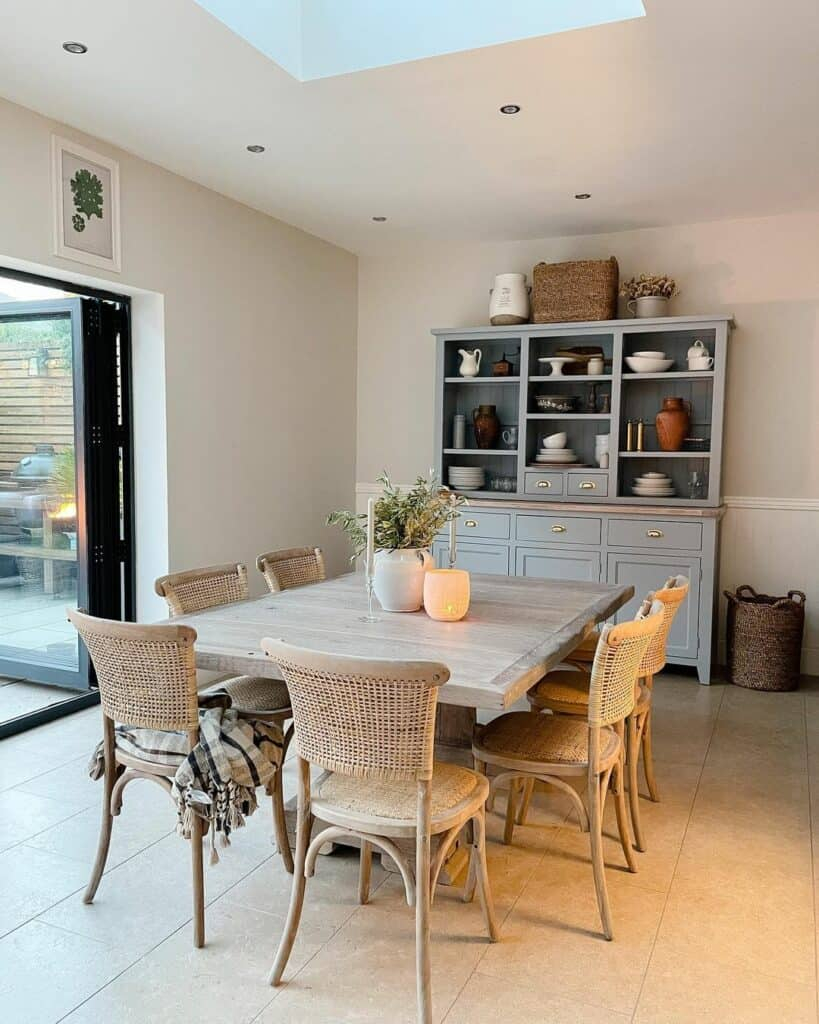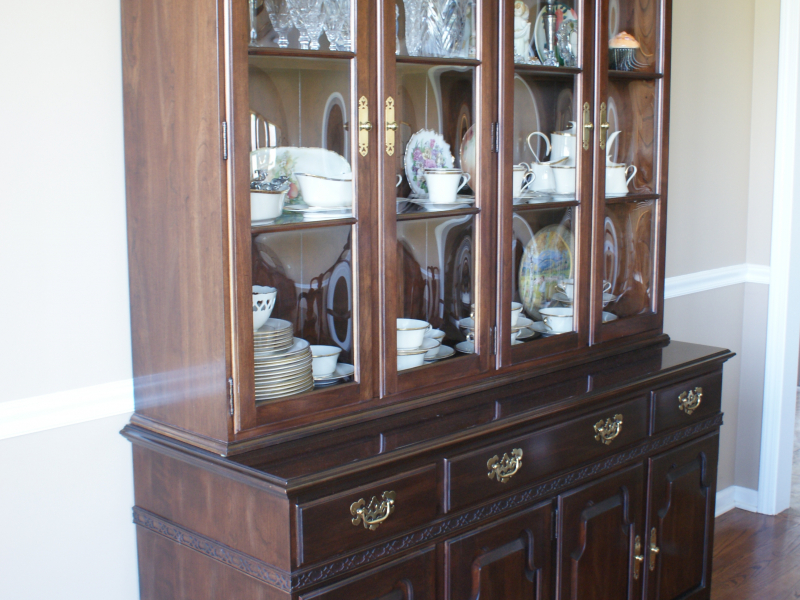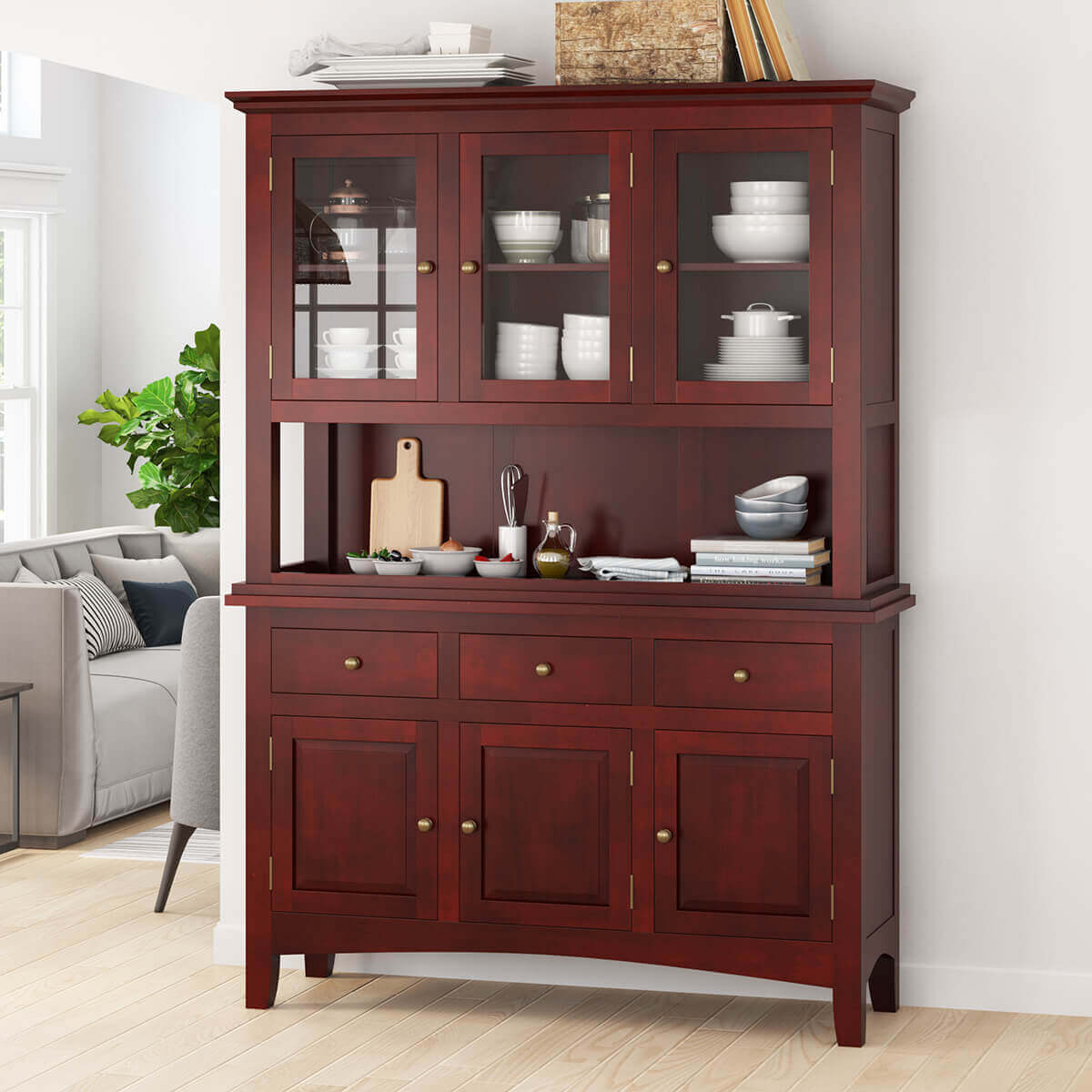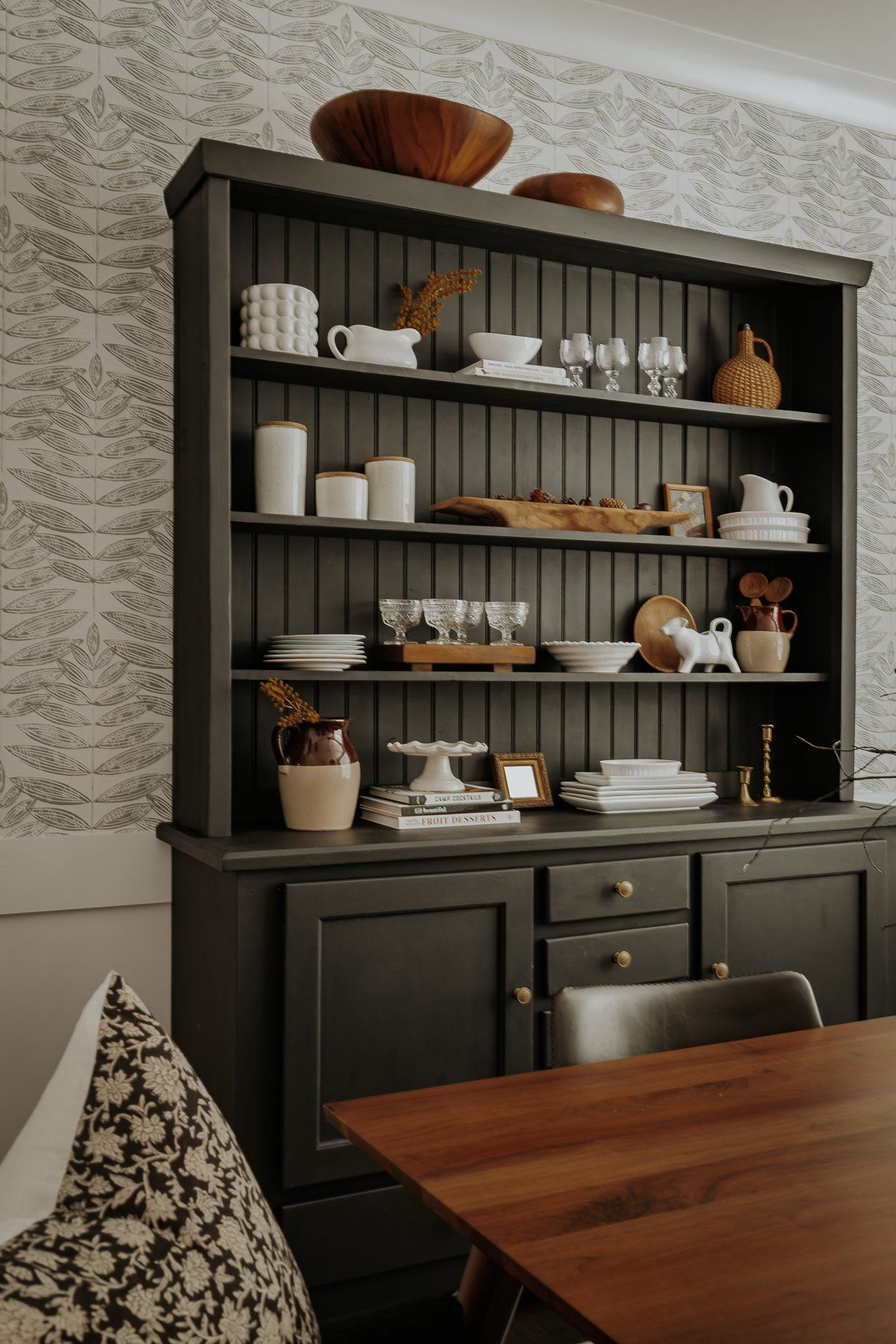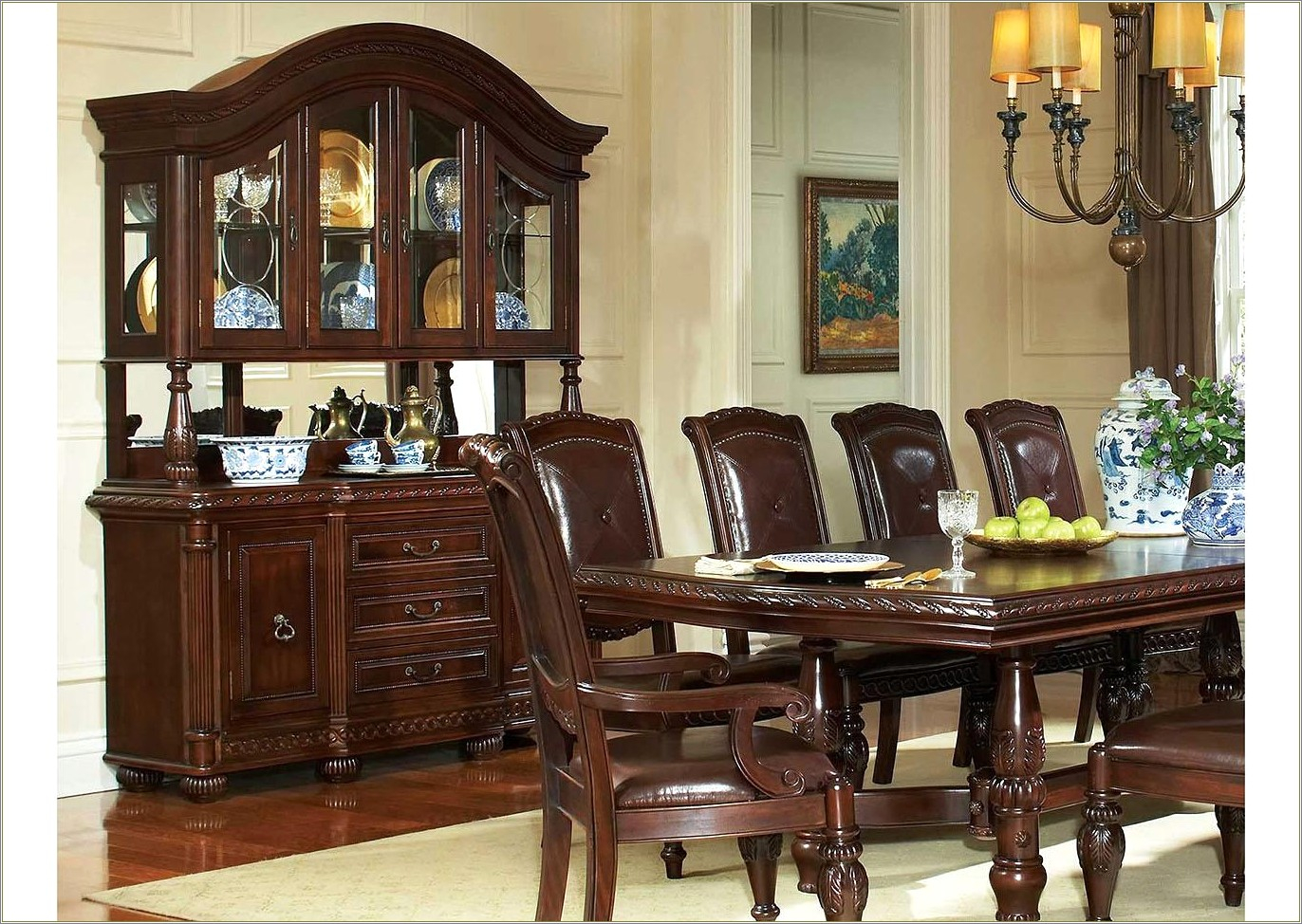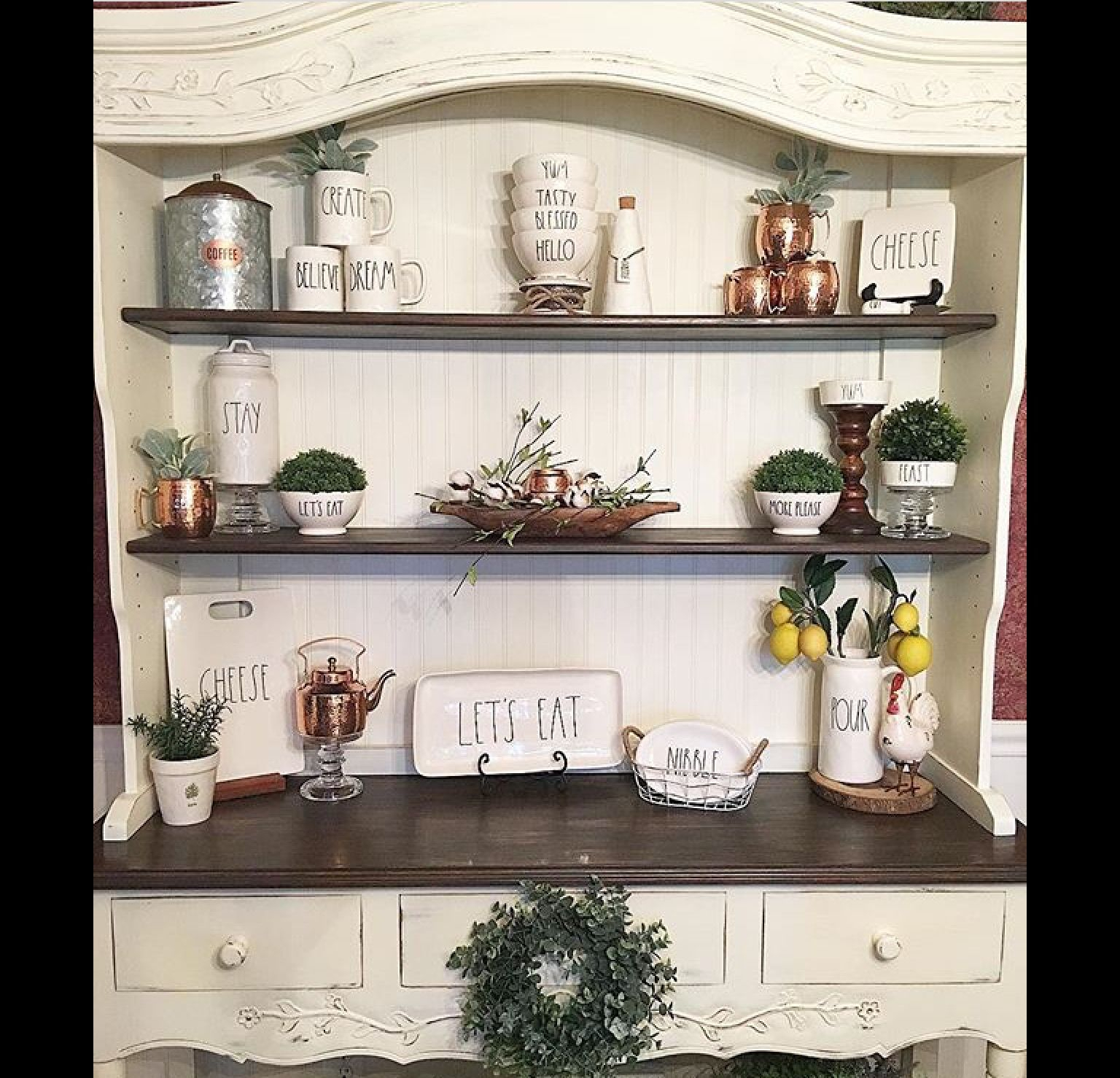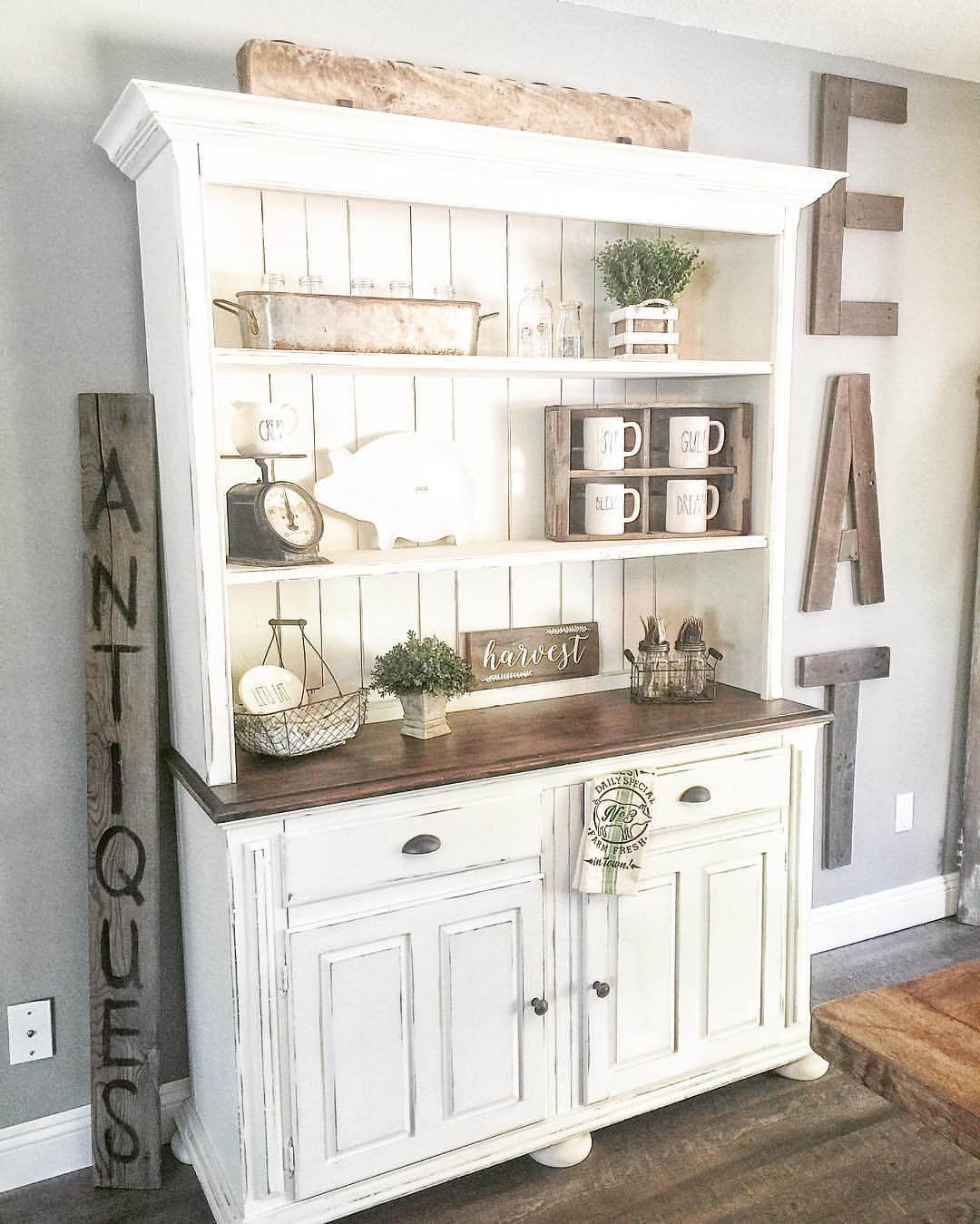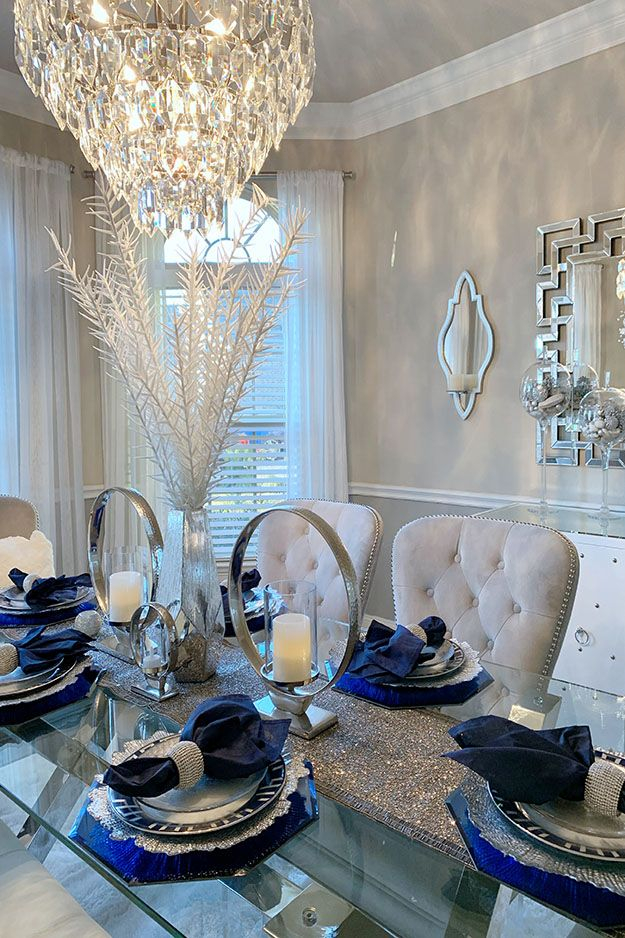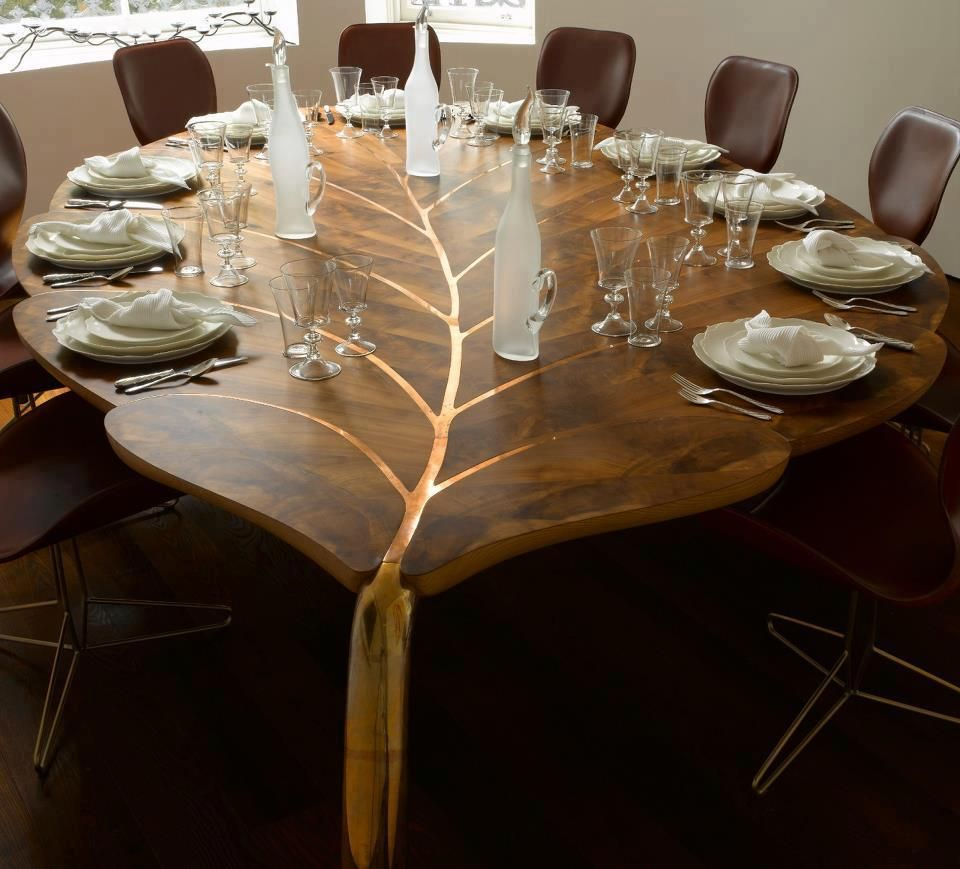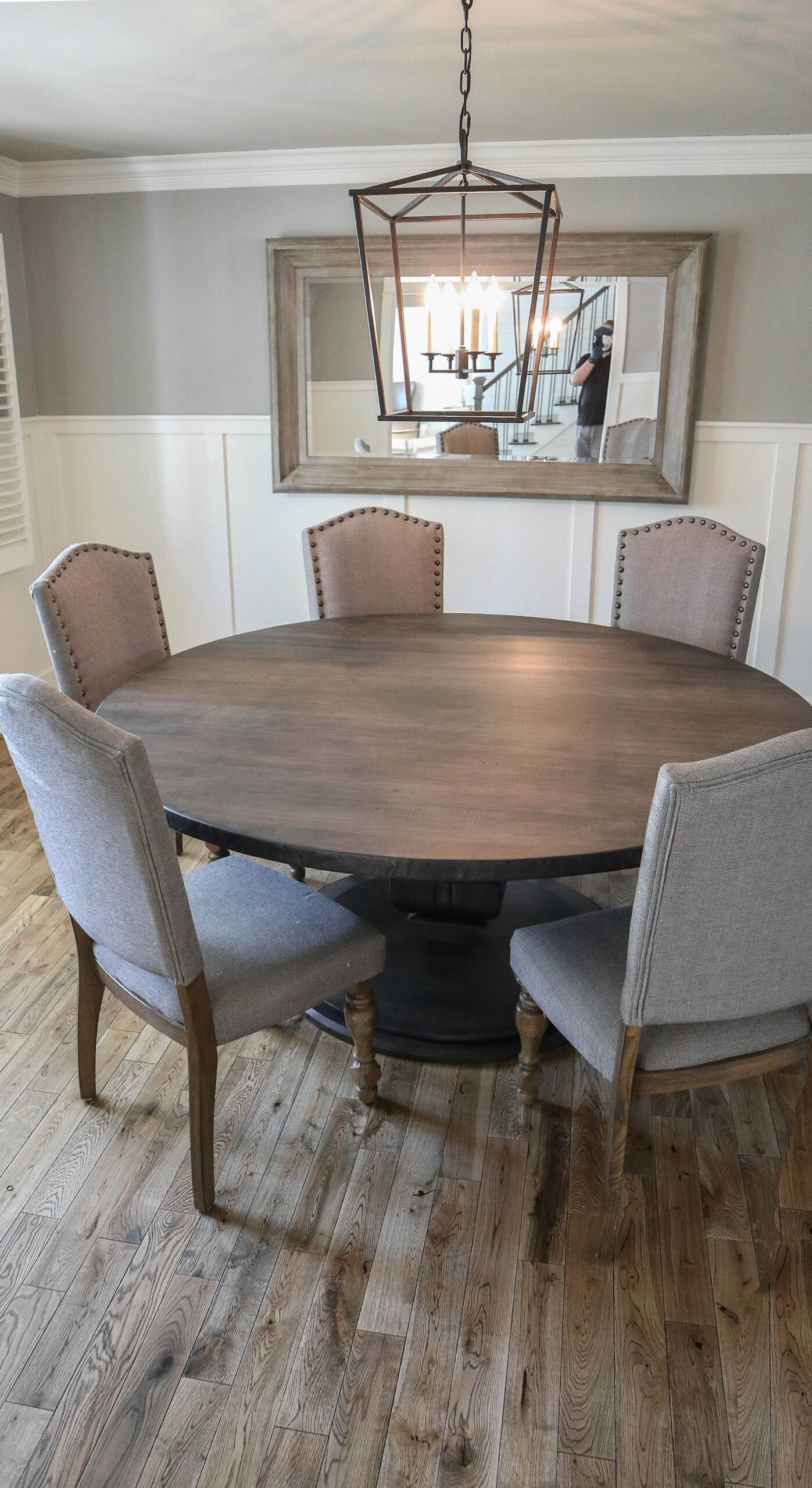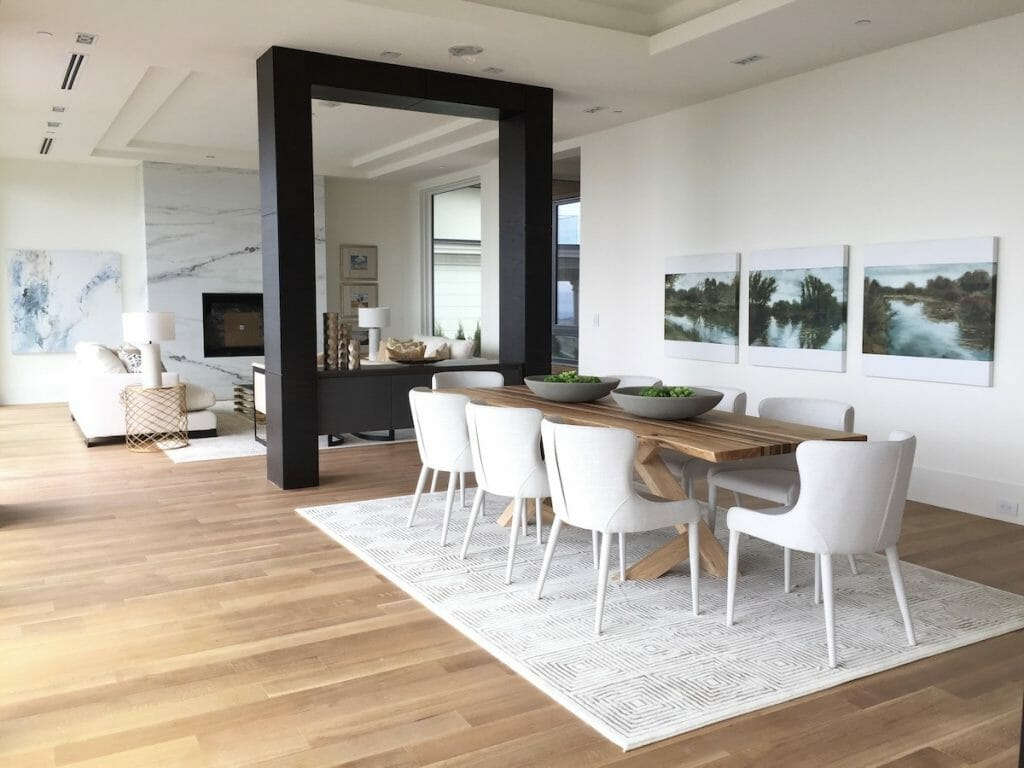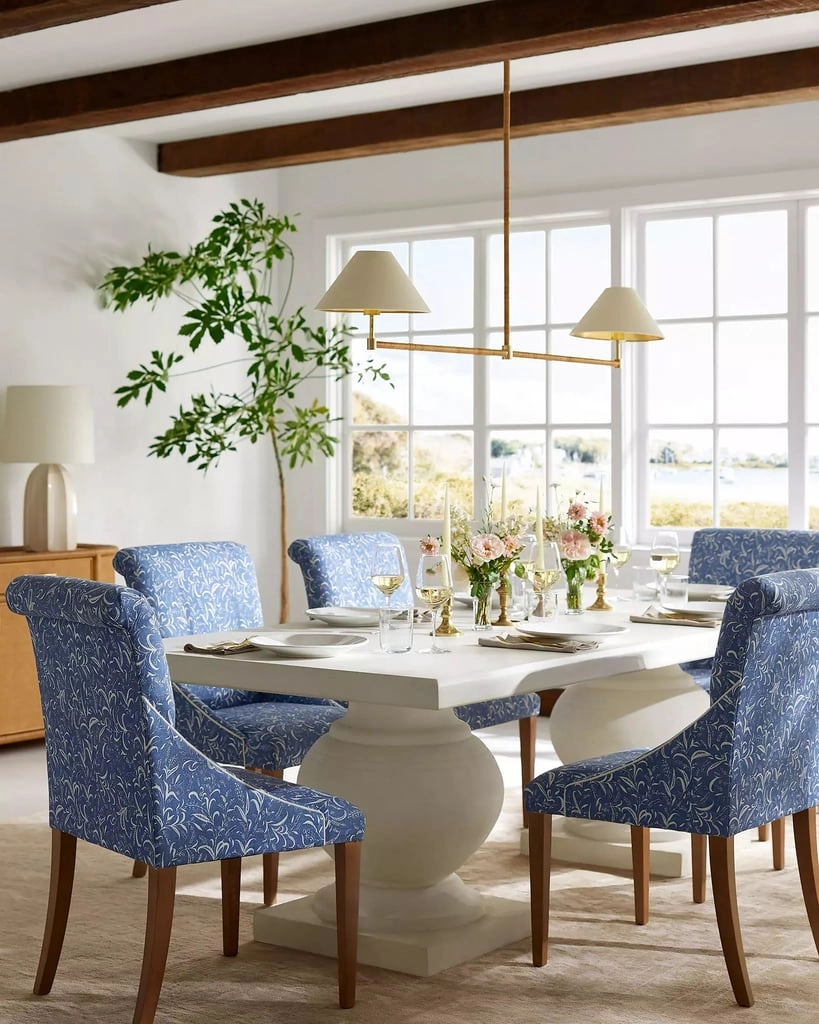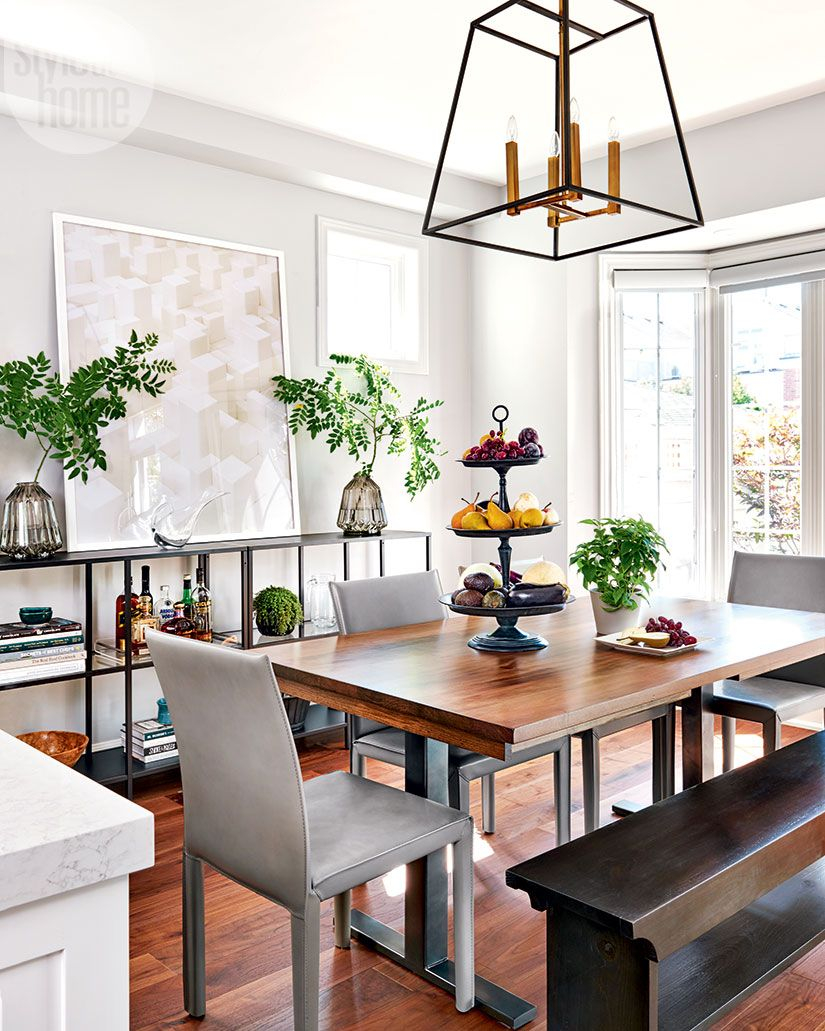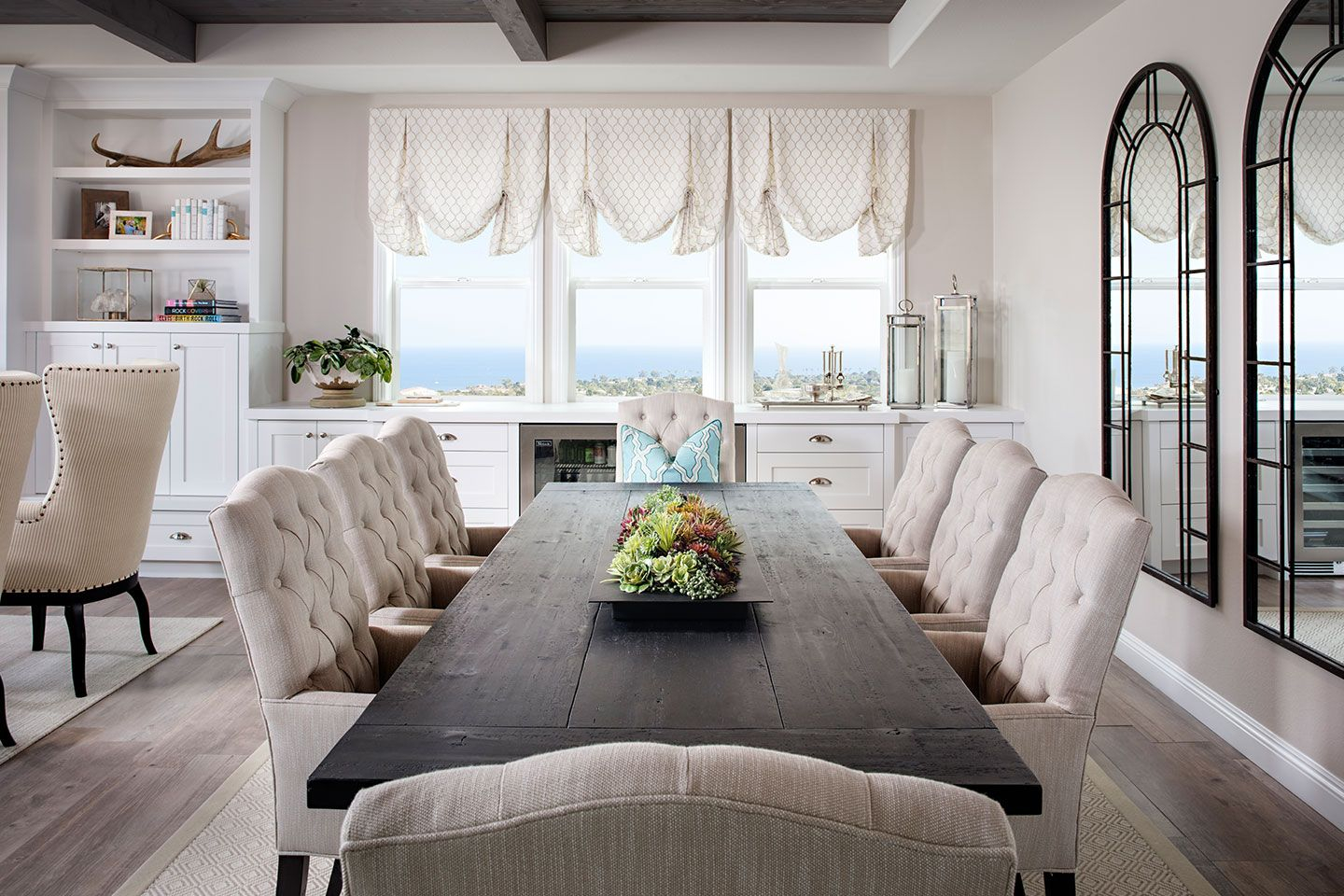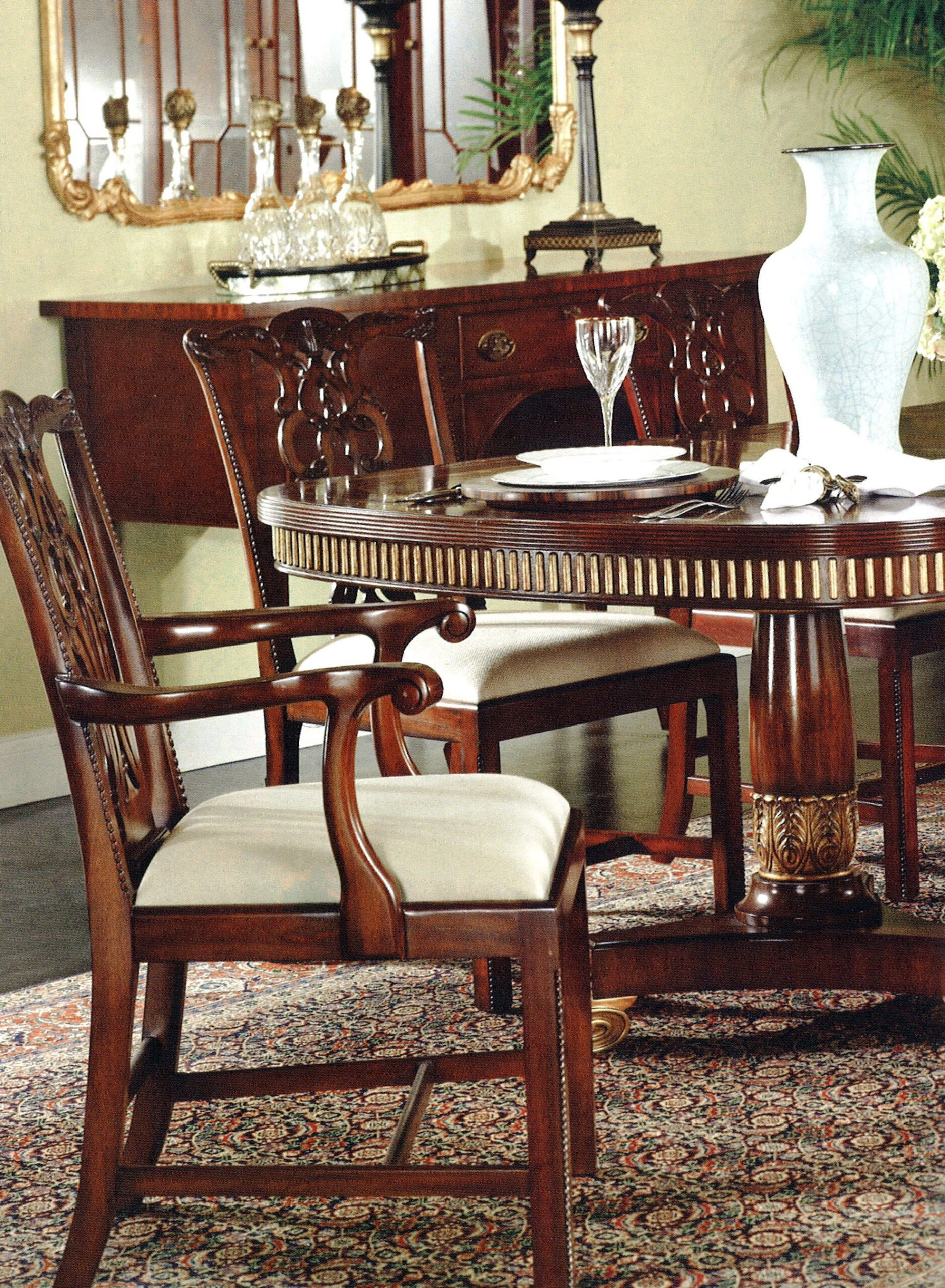We often think of the dining room as just a place to eat. But isn’t it so much more? It’s where stories are shared, laughter echoes, and bonds are strengthened. It’s a space that, with a little intention, can become the heart of your home. Let’s explore how to elevate it from a functional area to a truly memorable experience, and it all starts with looking past the table and chairs.
Think about your favorite meals. Were they just about the food? Probably not. It was the company, the atmosphere, the feeling of togetherness. The dining room, more than any other space, has the power to cultivate these moments. But how do we ensure it’s not just a room with a table, but a vibrant hub of connection and comfort? It’s about creating an environment that encourages people to linger, to talk, and to truly enjoy each other’s presence. This isn’t about expensive renovations; it’s about thoughtful choices that make a big difference.
The Foundation: Choosing the Right Table and Chairs
Of course, furniture is central, but it’s not the only thing. When selecting a dining table, consider its size and shape. A round table often promotes more conversation because everyone can see each other. An extendable table is fantastic for growing families or those who love to entertain. And the chairs? Comfort is king. Nobody enjoys a meal when they’re fidgeting on an uncomfortable seat. Think about the material, the cushioning, and the overall ergonomics. Imagine your guests being able to relax and truly settle in. It makes a world of difference, doesn’t it? Don’t forget about the finish and style, too; it sets the tone for the entire room.
Illuminating Your Space: The Power of Lighting
Lighting is an absolute game-changer. Harsh overhead lights can make a room feel sterile and unwelcoming. Instead, opt for layered lighting. A beautiful pendant light or chandelier centered over the dining table is a classic choice, providing both task and ambient light. Consider dimmers; they are your best friend for adjusting the mood from a bright daytime meal to a soft, intimate dinner. Wall sconces or even strategically placed table lamps can add warmth and depth, creating cozy nooks and highlighting architectural features. Proper illumination can make even the simplest meal feel special. It’s like painting with light, really.
Creating Ambiance: Textures, Colors, and Decor
Beyond the big pieces, the smaller details weave the magic. Think about textures. A plush rug under the table can absorb sound, making the room feel more intimate and less echoey. Tablecloths, placemats, and napkins – whether linen, cotton, or even a stylish paper – all add a layer of sophistication and warmth. Color plays a huge role, too. Warmer tones like deep reds, oranges, or earthy browns can create a cozy, inviting atmosphere, while softer blues and greens can bring a sense of calm. Don’t underestimate the impact of artwork or decorative pieces on the walls or a centerpiece on the table. A simple vase of fresh flowers or a bowl of seasonal fruit can add a touch of natural beauty and vibrancy. These elements tell a story and reflect your personality.
Sound and Scent: Engaging All the Senses
We often focus on what we see, but what about what we hear and smell? Background music can significantly enhance the dining experience. Choose music that complements the mood – perhaps some mellow jazz for a relaxed evening or upbeat tunes for a family gathering. Be mindful of the volume, though; it should be present but not intrusive. And scent? A subtle, pleasant aroma can elevate the entire affair. This could be from the food itself, a lightly scented candle (unscented is often best if paired with strong food aromas), or even a diffuser with essential oils. Avoid anything too overpowering that might compete with the deliciousness on the plate. Engaging all the senses makes the experience truly immersive.
The Art of the Table Setting: Personal Touches
This is where you can really let your creativity shine. A thoughtfully set table shows your guests you care. It doesn’t have to be overly formal; even a simple arrangement of cutlery, plates, and glasses can make a meal feel more significant. Consider adding personal touches like place cards for special occasions, a small sprig of rosemary at each setting, or even a handwritten note. The way you arrange your serveware, how you fold your napkins, and the choice of dinnerware all contribute to the overall aesthetic. It’s about presenting your food and your hospitality in the most appealing way possible. It’s a gesture of welcome and respect.
Flexibility and Functionality: Adapting to Your Lifestyle
Your dining room experience should be as unique as you are. Think about how you actually use the space. Do you need a dedicated homework area for the kids? Perhaps a small bar cart for entertaining? Incorporating elements that serve multiple purposes can make your dining room more functional and enjoyable. Storage solutions, like a buffet or sideboard, are crucial for keeping the space tidy and organized, allowing the focus to remain on the company and the meal. Consider how the flow of the room works for you and your family. Is it easy to move around? Can everyone reach what they need? A well-designed, adaptable space enhances daily life and special occasions alike.
Crafting a memorable dining room experience is an ongoing process, a blend of thoughtful design and intentional living. It’s about creating a space that not only looks good but feels good. By paying attention to lighting, ambiance, sensory details, and those personal touches, you can transform your dining room into a cherished sanctuary for connection and joy. Remember, the most important ingredient is the people you share it with, but the right environment certainly helps to bring out the best in everyone. So, go ahead and set that table with care, dim those lights just right, and savor the moments. Happy dining.

